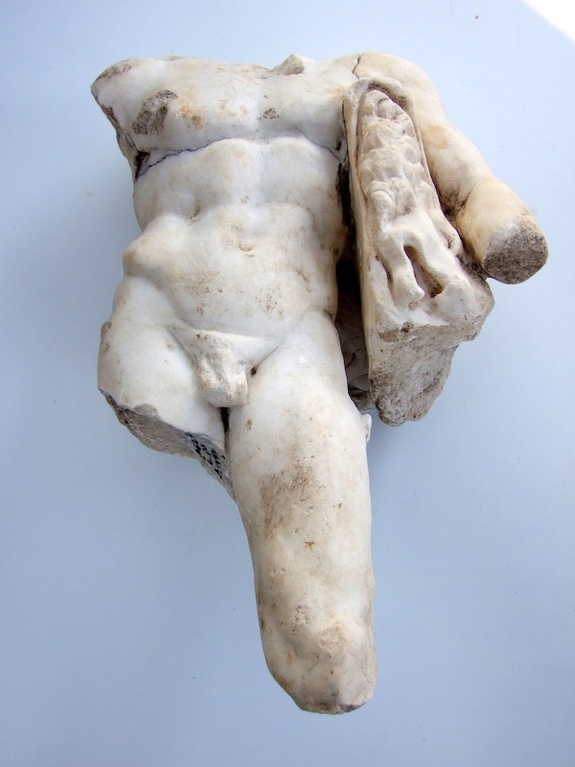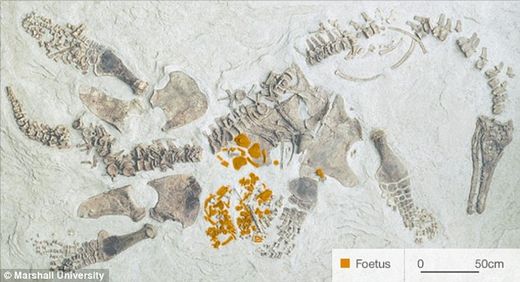
© Clara Amit, courtesy of the Israel Antiquities AuthorityThe sword with remains of the scabbard on it.
A sword used by a Roman soldier during the brutal pacification of the Jews and the destruction of the Temple at Jerusalem nearly 2,000 years ago, has emerged from an ancient drainage tunnel beneath the city, Israeli authorities announced this week.
Excavated since 2007, the tunnel, which was used by Jewish rebels as a hiding place from the Romans, has also yielded a stone object adorned with a rare engraving of a menorah, the seven-branched temple candelabra that was the symbol of ancient Judaism.
The 60-centimetre (23.6-inches) long weapon, still in its leather scabbard, is the third Roman sword found in Jerusalem.
What makes the finding unique is the fine state of preservation, said the excavation directors Eli Shukron of the Israel Antiquities Authority and Ronny Reich of the University of Haifa.
"It seems that the sword belonged to an infantryman of the Roman garrison stationed in Israel at the outbreak of the Great Revolt against the Romans in 66 AD," the researchers said in a statement.
At that time, the Jewish people revolted against the tyranny of Rome, but despite a remarkable resistance, they were ultimately crushed.




